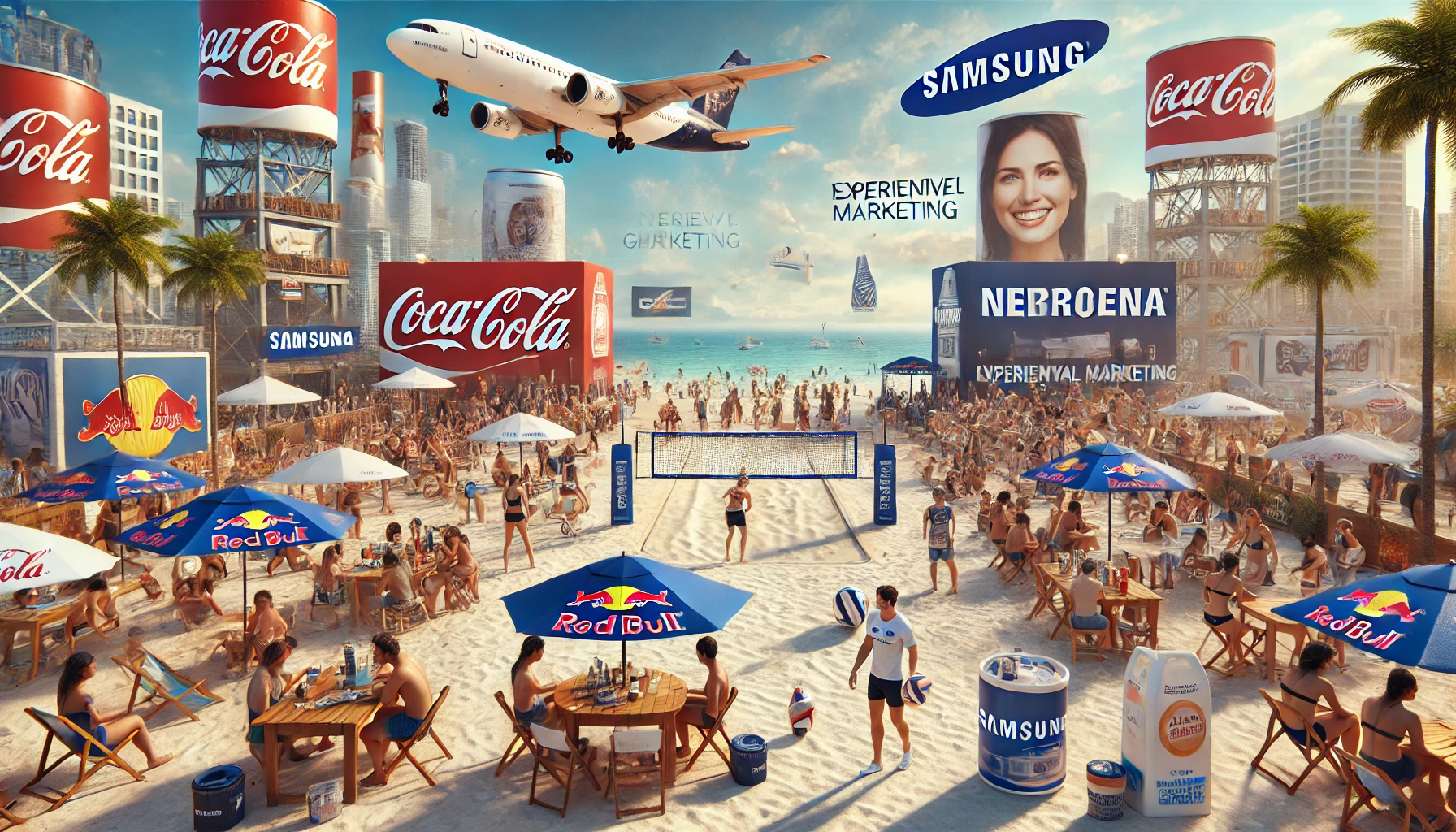Beaches are prime locations for marketing due to their high foot traffic and the relaxed, leisure-oriented mindset of beachgoers. Effective beach advertising leverages the unique environment and the specific behavior of visitors to create memorable and engaging campaigns. This article explores various marketing techniques used on the beach, the types of companies that advertise in this setting, and how they attract and engage beachgoers.
Understanding Beachgoer Behavior
To effectively market on the beach, it is crucial to understand the behavior and mindset of beachgoers:
- Relaxed and Leisurely State: Beachgoers are typically in a relaxed, leisurely state of mind, making them more receptive to positive and enjoyable advertisements.
- Attention to Environment: People on the beach are often looking around and taking in their surroundings, providing ample opportunities for visual and interactive ads.
- Desire for Refreshment and Convenience: Beachgoers frequently seek refreshment, entertainment, and convenience, making them responsive to advertisements offering these services.
Marketing Techniques on the Beach
- Branded Beach Equipment
- Promotional Giveaways
- Interactive Installations
- Aerial Advertising
- Beachfront Billboards and Banners
- Experiential Marketing Events
1. Branded Beach Equipment
Technique: Distributing or renting branded beach equipment such as umbrellas, chairs, towels, and coolers. These items not only serve a practical purpose but also keep the brand visible throughout the day.
Examples:
- Coca-Cola: Coca-Cola often distributes branded beach umbrellas and coolers. The bright red color and iconic logo are instantly recognizable, ensuring high visibility.
- Corona: The beer brand Corona has been known to provide branded beach chairs and towels, associating the product with relaxation and enjoyment at the beach.
2. Promotional Giveaways
Technique: Handing out free samples or promotional items like sunscreen, bottled water, snacks, or branded merchandise. These giveaways create a positive association with the brand and encourage trial and loyalty.
Examples:
- Neutrogena: Neutrogena frequently conducts beach promotions by giving away samples of sunscreen products. This not only helps protect beachgoers but also promotes brand loyalty.
- Kind Snacks: Kind Snacks sets up beach stands to distribute free snack bars, providing a convenient and healthy snack option for visitors.
3. Interactive Installations
Technique: Setting up interactive installations or activities that engage beachgoers. These can include photo booths, virtual reality experiences, or games. The goal is to create memorable interactions that leave a lasting impression.
Examples:
- Pepsi: Pepsi has set up interactive photo booths on beaches, allowing visitors to take fun photos with beach-themed props and share them on social media.
- Red Bull: Red Bull organizes beach sports events and competitions, such as beach volleyball tournaments, to engage with an active and energetic audience.
4. Aerial Advertising
Technique: Using airplanes with banner ads or skywriting to capture the attention of beachgoers. This method is highly visible and can cover a large area, making it effective for broad awareness campaigns.
Examples:
- Geico: Geico often uses airplanes to tow banners with their mascot, the Geico Gecko, along popular beaches. The high-flying ads are hard to miss and reinforce brand recognition.
- Budweiser: Budweiser has used skywriting to promote their brand during major beach events and holidays, creating a buzz among large crowds.
5. Beachfront Billboards and Banners
Technique: Placing large, eye-catching billboards or banners along the beachfront. These static ads can provide consistent brand visibility to all beachgoers.
Examples:
- Nike: Nike has used large beachfront banners to promote their athletic wear, often featuring inspiring images of athletes running along the shore.
- Adidas: Adidas has utilized billboards to advertise their swimwear and summer apparel collections, targeting beachgoers looking for fashionable and functional beachwear.
6. Experiential Marketing Events
Technique: Hosting events or activities on the beach that provide an immersive brand experience. These events can include product demonstrations, fitness classes, or music concerts.
Examples:
- Gatorade: Gatorade has organized beach fitness boot camps and hydration stations, allowing beachgoers to participate in workouts and stay hydrated with their products.
- Samsung: Samsung has hosted beach concerts and movie nights, showcasing their latest devices and providing entertainment to beach visitors.
Types of Companies That Advertise on Beaches
- Food and Beverage Companies: Brands like Coca-Cola, Corona, and Kind Snacks leverage the high foot traffic and relaxed atmosphere to promote their products.
- Sunscreen and Skincare Brands: Companies like Neutrogena and Banana Boat distribute free samples and sun protection tips to build brand trust and loyalty.
- Sports and Fitness Brands: Nike, Adidas, and Red Bull target active beachgoers with events, branded equipment, and interactive installations.
- Alcohol Brands: Corona and Budweiser use beach settings to promote their products as perfect companions for a day of relaxation.
- Technology Companies: Samsung and other tech brands host experiential events to demonstrate their products and create memorable experiences.
Conclusion
Marketing on the beach offers unique opportunities to engage with a diverse audience in a relaxed and receptive environment. By understanding beachgoer behavior and leveraging various advertising techniques such as branded equipment, promotional giveaways, interactive installations, aerial ads, and experiential events, companies can create impactful and memorable marketing campaigns. Food and beverage brands, skincare companies, sports and fitness brands, alcohol brands, and technology companies all successfully advertise on beaches, demonstrating the effectiveness of these strategies in reaching and engaging beachgoers.
